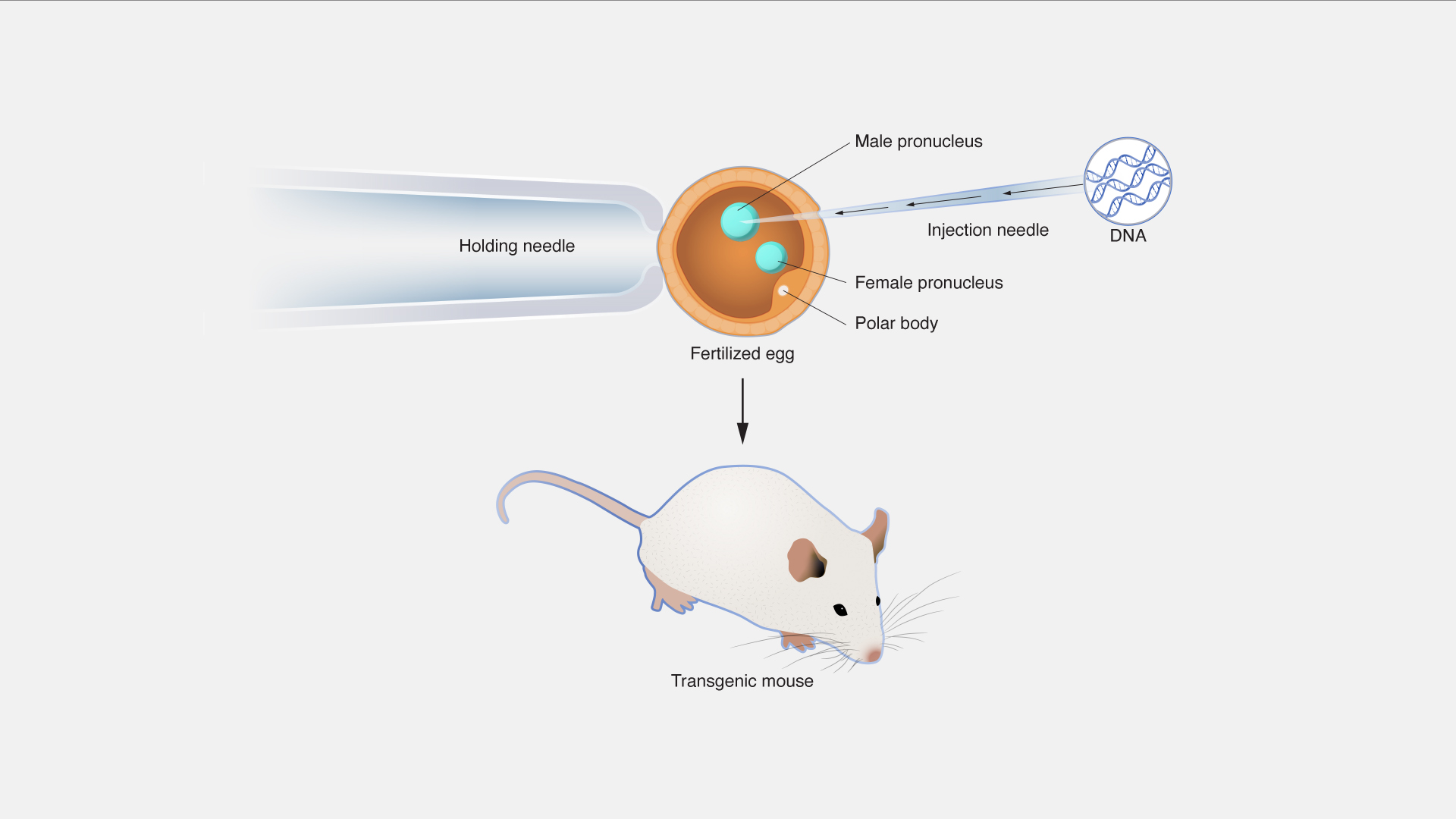
Transgenic organisms, also known as genetically modified organisms (GMOs), have become a topic of great debate and fascination in the scientific community and beyond. These organisms are created by introducing foreign genes into their genetic makeup, resulting in new and unique characteristics. While the concept of altering an organism’s DNA may seem like something out of a science fiction novel, the reality is that transgenic organisms have been an integral part of the scientific and agricultural landscape for several decades now. From genetically modified crops to transgenic animals, these organisms have revolutionized various industries. In this article, we will explore eight enigmatic facts about transgenic organisms that will shed light on their importance, controversies, and potential applications. So, let’s delve into the intriguing world of transgenic organisms and unravel their mysteries.
Key Takeaways:
- Transgenic organisms are like genetic mix-and-match, combining genes from different species to create new traits and benefits, like disease-resistant crops and animals for medical research.
- While transgenic organisms offer exciting possibilities, they also raise ethical and environmental concerns, sparking ongoing debates within the scientific and ethical communities.
Transgenic organisms contain genes from multiple species.
Transgenic organisms are created by introducing genes from one species into the DNA of another. This cross-species genetic manipulation allows scientists to transfer desired traits or characteristics from one organism to another, often with remarkable results.
Transgenic crops are revolutionizing agriculture.
The advent of transgenic crops, such as genetically modified corn or soybeans, has transformed the agricultural industry. These crops are engineered to be resistant to pests, diseases, and herbicides, leading to increased yields and reduced crop losses.
Transgenic organisms are used in medical research.
Transgenic animals, such as mice or pigs, play a crucial role in biomedical research. By introducing specific genes into these animals, scientists can study the development of diseases, test new drugs, and explore potential treatment options.
Transgenic organisms have potential environmental impacts.
Concerns have been raised about the impact of transgenic organisms on the environment. There is a risk that genetically modified organisms could outcompete native species, disrupt ecosystems, or transfer their modified genes to wild populations.
Transgenic organisms have applications in bioremediation.
Transgenic organisms can be engineered to help clean up environmental pollutants through a process known as bioremediation. These modified organisms have the ability to break down toxic chemicals, offering hope for the remediation of contaminated sites.
Transgenic organisms have potential in disease resistance.
Genetic engineering has opened up avenues for developing transgenic organisms with enhanced disease resistance. This could have far-reaching implications in combating agricultural diseases and reducing the reliance on chemical pesticides.
Transgenic organisms raise ethical considerations.
The creation and use of transgenic organisms raise ethical questions regarding animal welfare, environmental impact, and the long-term consequences of genetic manipulation. These considerations continue to be debated within scientific and ethical communities.
Transgenic organisms hold promise for future advancements.
The field of transgenic organisms is ever-evolving, with ongoing research aimed at unlocking new possibilities. From potential breakthroughs in medicine to innovative solutions for global challenges, transgenic organisms offer a glimpse into the future of scientific discovery.
Conclusion
In conclusion, transgenic organisms continue to fascinate and perplex scientists and the general public alike. From their potential to revolutionize agriculture and medicine to the ethical concerns surrounding their creation, transgenic organisms are a subject of ongoing research and debate. Despite the numerous advantages they offer, including increased crop yields and the production of essential medical compounds, it is crucial to approach the development and use of these organisms with caution and ethical considerations. As our understanding of genetics and biotechnology continues to expand, we must strive to strike a balance between the potential benefits of transgenic organisms and the ethical implications associated with their creation and application.
FAQs
1. What are transgenic organisms?
Transgenic organisms are living organisms that have been genetically modified by introducing genes from another species or by altering their own genes to express desired traits.
2. How are transgenic organisms created?
Transgenic organisms are created using techniques such as gene splicing, where specific DNA sequences from one organism are inserted into the genetic material of another organism.
3. What are the potential benefits of transgenic organisms?
Transgenic organisms have the potential to increase crop yields, enhance nutritional content, and produce valuable pharmaceutical substances.
4. Are there any risks associated with transgenic organisms?
There can be risks associated with the introduction of transgenic organisms into the environment, including unintended ecological consequences and the potential for gene flow to wild populations.
5. Are transgenic organisms safe to consume?
Extensive testing is conducted to ensure the safety of transgenic organisms before they are approved for consumption. Regulatory authorities carefully evaluate any potential risks and monitor the effects of consuming these organisms.
6. What are the ethical concerns surrounding transgenic organisms?
Ethical concerns include the potential for exploitation, the impact on biodiversity, and the implications of releasing genetically modified organisms into the environment without a full understanding of the long-term consequences.
7. Are transgenic organisms regulated?
Yes, transgenic organisms are subject to stringent regulations and oversight by regulatory bodies to ensure the safety and ethical considerations are addressed.
8. How are transgenic organisms used in medicine?
Transgenic organisms are used to produce pharmaceuticals, such as insulin and vaccines, by introducing genes that allow them to synthesize these substances.
Was this page helpful?
Our commitment to delivering trustworthy and engaging content is at the heart of what we do. Each fact on our site is contributed by real users like you, bringing a wealth of diverse insights and information. To ensure the highest standards of accuracy and reliability, our dedicated editors meticulously review each submission. This process guarantees that the facts we share are not only fascinating but also credible. Trust in our commitment to quality and authenticity as you explore and learn with us.
